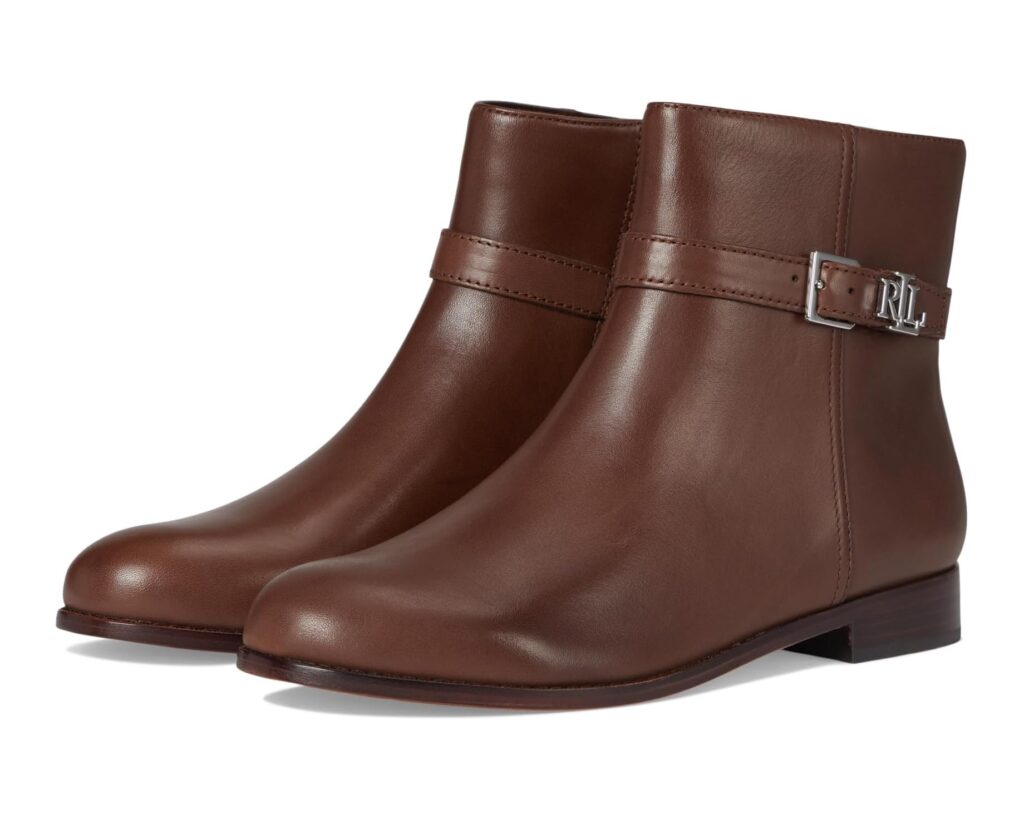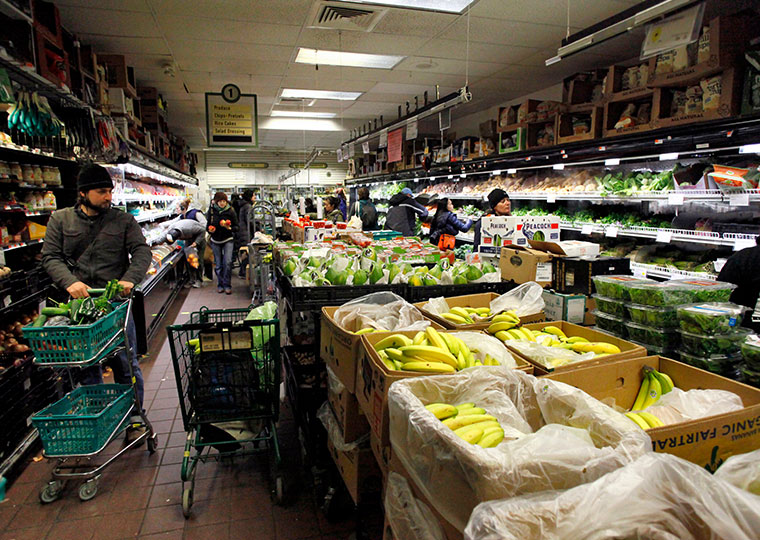Carrying fewer pairs of some sizes could be a potential profit booster for boutiques
Ever searched for your size in a shoe store only to hear, “We don’t have it, but we do have a half-size up or down”?
A working paper by University College London’s Yi-Chun Akchen and UCLA Anderson’s Felipe Caro, noting that roughly 25% of customers still buy the same shoe style in an adjacent size when their preferred fit is missing, explores how retailers might profitably employ that knowledge in inventory management.
Their research asks when apparel retailers might want to skip certain sizes — and when it might backfire. If a customer’s preferred size is missing, they may walk out — taking their money, and maybe their loyalty, with them. But carrying too many sizes ties up inventory dollars and valuable shelf space.
Opt In to the Review Monthly Email Update.
A Little Snug? It’ll Stretch Out
To explore when size substitution should be taken into account, the researchers turned to data from a major footwear chain. They built a model to capture how often customers substitute sizes — and when those substitutions are enough to impact inventory strategies.
Analyzing sales of women’s casual booties — ankle-high boots, like those below — across hundreds of stores, the researchers studied 51 styles and nine available shoe sizes over 33 weeks from late summer 2019 to early 2020 — just before the pandemic disrupted sales. To ensure accuracy, they adjusted for seasonality so that natural fluctuations in consumer behavior didn’t distort their results.

Traditional models of customer behavior often group all sizes of a product into a single-style item and ignore size-specific substitution. Akchen and Caro refine things by building a “style-size choice model,” in which shoppers first look for their ideal size and, only if it’s missing, consider the next-best option nearby, albeit with a slight sense of compromise. Importantly, customers would not even glance at nearby sizes unless their first choice was unavailable — introducing a realistic, stock-based decision flow into how retailers understand shopping behavior.
Understocking Smaller and Larger Sizes?
The researchers also try to deal with another problem — if a size is sold out, the retailer can’t see how many more people wanted that size. The researchers used an estimation method called expectation-maximization, which helps uncover true customer size preferences by repeatedly estimating missing data (like preferences hidden by sold out items) and refining these estimates until the model closely matches actual observed sales patterns.
It helped the researchers fill in the blind spots left by out-of-stock sizes, uncovering true customer preferences that typical sales data can easily mask. In particular, their method corrected for the fact that smaller and larger sizes in women’s booties, like 6, 6.5, 9.5 and 10, often seemed less popular simply because they ran out faster — not because demand was actually lower.
The researchers also tested whether missing sizes might skew perceptions of which styles were truly popular. If a customer’s preferred size was unavailable in one style, they might switch to a different style instead, making some styles appear more attractive than they really were. However, their analysis suggests that even when customers substitute sizes, it doesn’t change which styles a retailer should carry. The bestselling styles remain bestselling whether customers are picky or flexible about sizing.
This confirms what many retailers already practice: Choosing which styles to offer can be decided without worrying about size availability. However, when it comes to how many units of each size to stock, things get a little more complex.
Traditionally, retailers stock sizes in proportion to historical sales. The research suggests that in large-scale settings, like popular e-commerce platforms, this method is good enough. That’s because with thousands of shoppers, individual quirks average out. However, in smaller environments like boutique stores or limited-edition releases, every customer decision carries more weight. Here, factoring in size substitution may dramatically improve performance.
The graphic above shows the results of three different inventory optimization strategies across four shoe styles (A-D) with a decreasing level of popularity and nine different sizes (6-10, including half-sizes). It assumes a selling horizon of 12 weeks and a 24.9% probability that a customer will choose an adjacent size if their size is unavailable, which is consistent with the estimates from the footwear chain.
The first panel shows the output of the researchers’ optimization model. It adjusts inventory based on customers’ willingness to pick nearby sizes. Compared with the other methods, it recommends holding less inventory as the sizes move away from the middle range of 7 to 8.5 and as the style popularity decreases. The second panel shows the Fluid Approximation method, a quicker optimization approach, and the third panel shows the output of the Newsvendor model. Both the Fluid Approximation and the Newsvendor don’t account for the level of size substitution.
A simulation study based on the footwear chain data suggests that by planning inventory with size flexibility in mind, stores could:
- Hold 15% to 35% less inventory than other methods.
- Avoid overproducing slow-moving sizes.
- Capture more sales even when perfect sizes are missing.
- Improve profitability compared with traditional methods, especially when customers are highly willing to shift sizes.
A smart system would selectively offer sizes that cover the widest set of flexible customers — without wasting shelf space on rarely chosen sizes that will not sell. The model also allows for additional refinements in planning, such as treating minor-selling sizes differently from major ones, depending on store policies. Akchen and Caro suggest that while targeted stocking works better for smaller stores, casting a wide net of sizes still makes sense for high-traffic sites where volume smooths over any mismatches.
Featured Faculty
-
Felipe Caro
Professor of Decisions, Operations and Technology Management
About the Research
Akchen, Y. C., & Caro, F. (2023). On Size Substitution and Its Role in Assortment and Inventory Planning. Available at SSRN 4646030.







